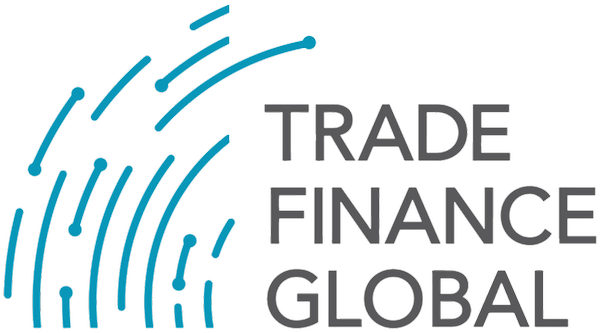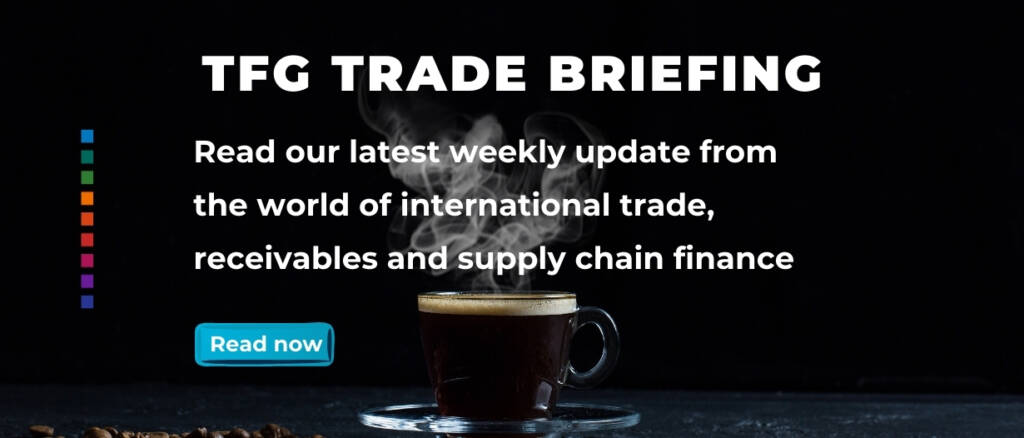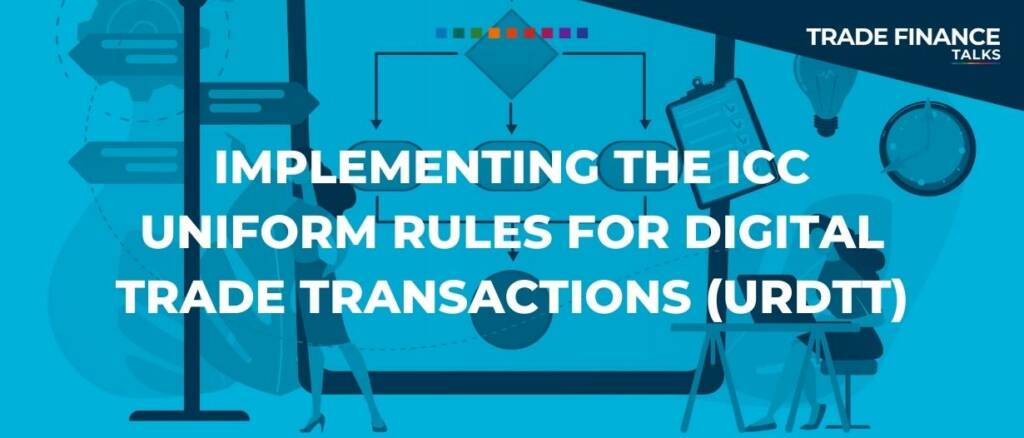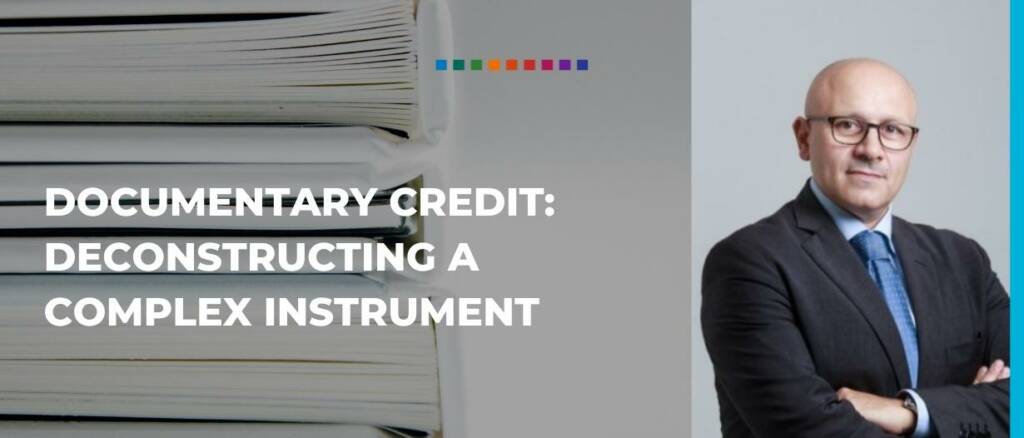Your weekly coffee briefing from TFG: E-rules for trade explained – URDTT, eURC, and eUCP
Your Monday morning coffee briefing from TFG: China hits record trade surplus in July
In the latest of its ongoing series of technical advisory briefings released on 27 June 2022, the International Chamber of Commerce (ICC) Banking Commission addressed the subject of ‘Reducing Discrepancy Rates under Documentary Credits’ (TAB-3).
Further to the decision made in the Court of Appeal Malaysia (appellate jurisdiction) between Punjab National Bank (PNB) and Malayan Banking Berhad (Maybank), Maybank has successfully obtained leave from the Federal Court of Malaysia Putrajaya to file an appeal against the decision made in the Court of Appeal Malaysia
Your Monday coffee briefing from TFG: China ramps up trade restrictions against Taiwan
TFG spoke to UCP 600 expert David Meynell, senior technical advisor for the ICC Banking Commission and digital rules advisor to the Centre for Digital Trade and Innovation, to discuss the evolution of the UCP 600 and supplementing rules for documentary credits.
For decades, trade document checkers at banks have mastered the crucial, time-consuming, and somewhat niche skill of manually reviewing complex documents to ensure they meet international standards.
This article looks at the URDTT as it is applied to the first known commercial application: the eDTT Workspace.
When searching for a definition of documentary credit, the Uniform Customs and Practice for Documentary Credits (UCP 600) is the best place to start.
Your Monday morning coffee briefing from TFG. The UK’s post-pandemic recovery is weakening as inflation worries hit record highs, according to a new British Chambers of Commerce (BCC) survey.





















